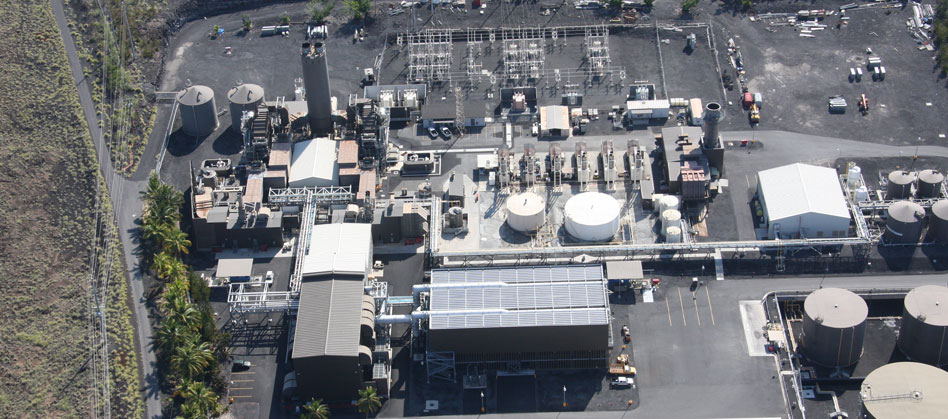The Fundamental Tenet of Noise Control - and Why It is Important to Understand It

The fundamental tenet of noise control design is "Treat the loudest source(s) first." A simple illustration should quickly make the point. If your neighbor is blasting his high-powered stereo so loud that you can barely hear your reasonably-sized bluetooth speaker, it doesn't help the overall noise level if you turn your speaker down; it is still too loud! Your neighbor won't even notice whether your speaker is on or off. Industrial noise control must recognize this dynamic and as such, is very much a top-down process.
Of course, real noise control problems aren't typically as straightforward as the illustration. An industrial facility such as a natural gas compressor station can have dozens or hundreds of sound sources or sound source components. Before beginning a top-down noise control process, there must be a discovery process to determine which sources are the loudest. The sound sources must be ranked in terms of loudest to quietest, and noise control treatments must first be applied to the loudest sources. For front-end projects (pre-construction/design stage), this is accomplished by obtaining complete equipment lists, drawings, specifications, and asking the right questions of the owner and/or EPC firm designing the facility. For remedial noise mitigation of existing facilities, this is accomplished by a detailed and thorough sound level measurement diagnosis survey during the appropriate operating conditions, and again asking plenty of questions to discover as much information about the nature of the problem as possible.
It is very important to understand that noise control must be approached from the top on down, so that the problem will be adequately defined before solutions are even considered. For example, it would do little-to-no good (and waste money) to erect a noise barrier wall around a gas engine driven compressor package if the engine exhaust noise, which would be above the wall height, is considerably louder than the mechanically radiated sound. Only by identifying and ranking all of the sound sources and iteratively treating the loudest sources as they percolate to the top of the rank-ordered list as each treatment is applied, can a well-balanced, overall facility noise control design be successful.
In summary:
- Facility sound sources must be identified and ranked in order of greatest to least sound level.
- The problem must be diagnosed and well defined before solutions are attempted, at the risk of wasting money on ineffective treatments
- The loudest sound source(s) must be treated first for meaningful noise mitigation to occur.
USSI 3D animation that explores acoustical Compressor Building applications
 About the Author - Tim Simmons, Ph.D. - USSI Director of Industrial Acoustics
About the Author - Tim Simmons, Ph.D. - USSI Director of Industrial Acoustics
Dr. Tim Simmons manages USSI's Industrial Acoustics Department. Tim comes to USSI with a wealth of Acoustical and Noise Control knowledge and real-world experience. Tim holds a Ph.D. in Physics from the University of Mississippi and a B.S. in Engineering Physics from the University of Tennessee.
Member INCE, ASA, ASME
